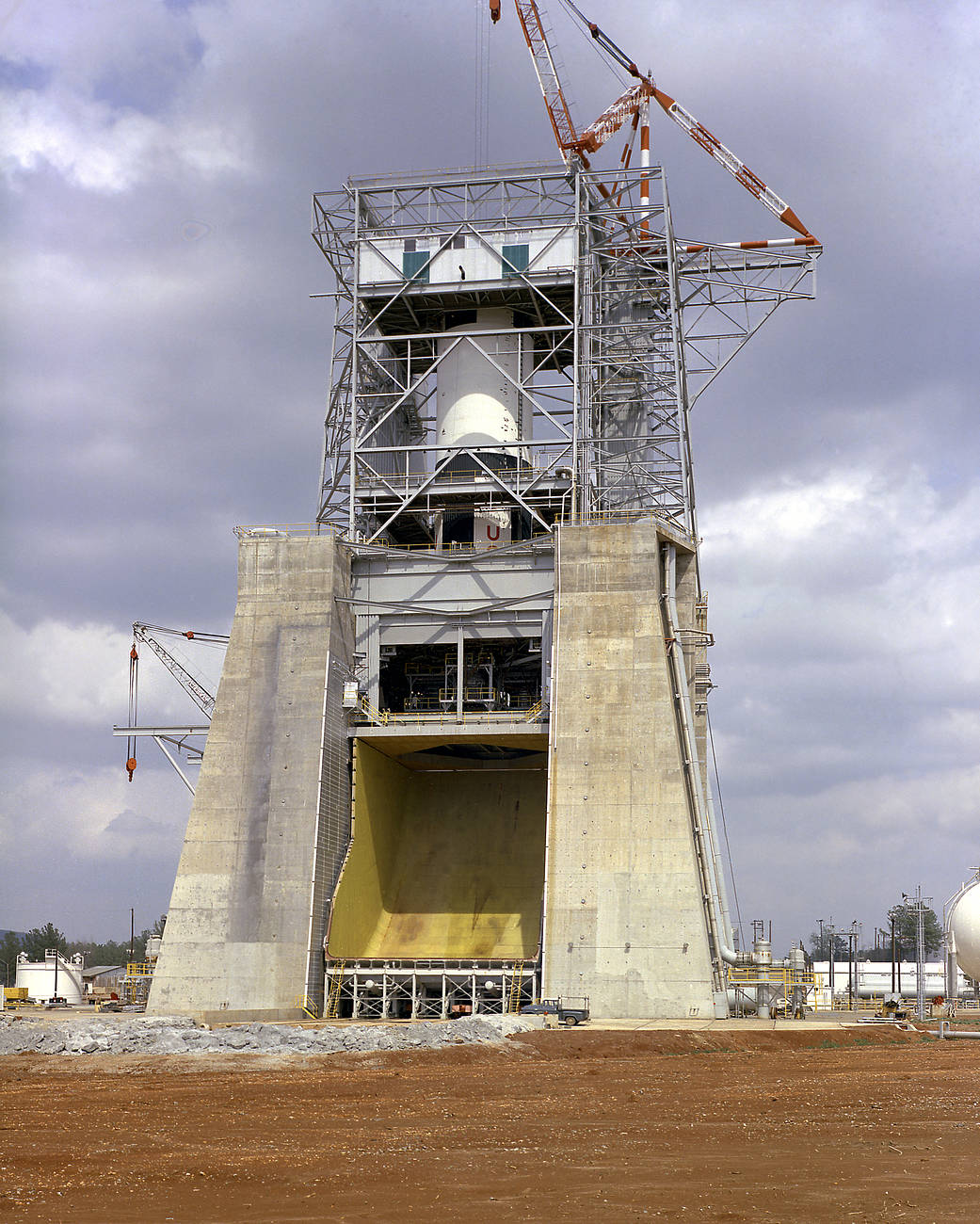This week in 1966, NASA’s Marshall Space Flight Center successfully static-fired S-IC-2, the first stage of the second Saturn V flight vehicle. The stage was powered by five F-1 engines, each capable of producing 1.5 million pounds of thrust. The S-IC-2 was one of the first two flight models of the S-IC stage and was used on the Apollo 6 mission. Here, the S-IC-T, a static firing test stage, is installed and awaits the first firing of all five F-1 engines at the Marshall static test stand. Now through December 2022, NASA will mark the 50th anniversary of the Apollo Program that landed a dozen astronauts on the Moon between July 1969 and December 1972, and the first U.S. crewed mission — Apollo 8 — that circumnavigated the Moon in December 1968. The NASA History Program is responsible for generating, disseminating and preserving NASA’s remarkable history and providing a comprehensive understanding of the institutional, cultural, social, political, economic, technological and scientific aspects of NASA’s activities in aeronautics and space. For more pictures like this one and to connect to NASA’s history, visit the Marshall History Program’s webpage. (NASA)
1 min read




























